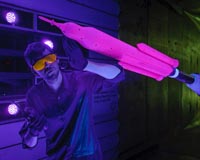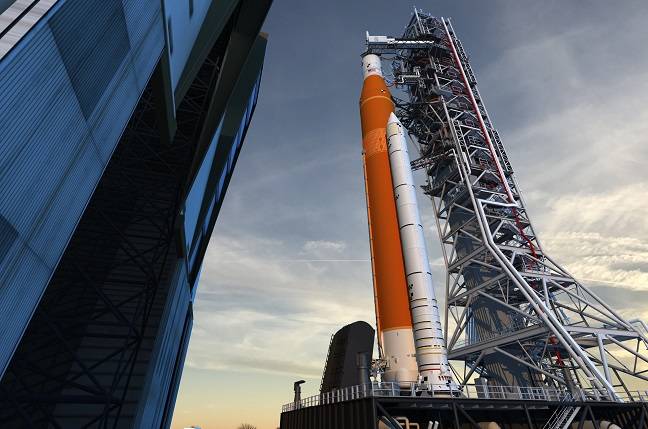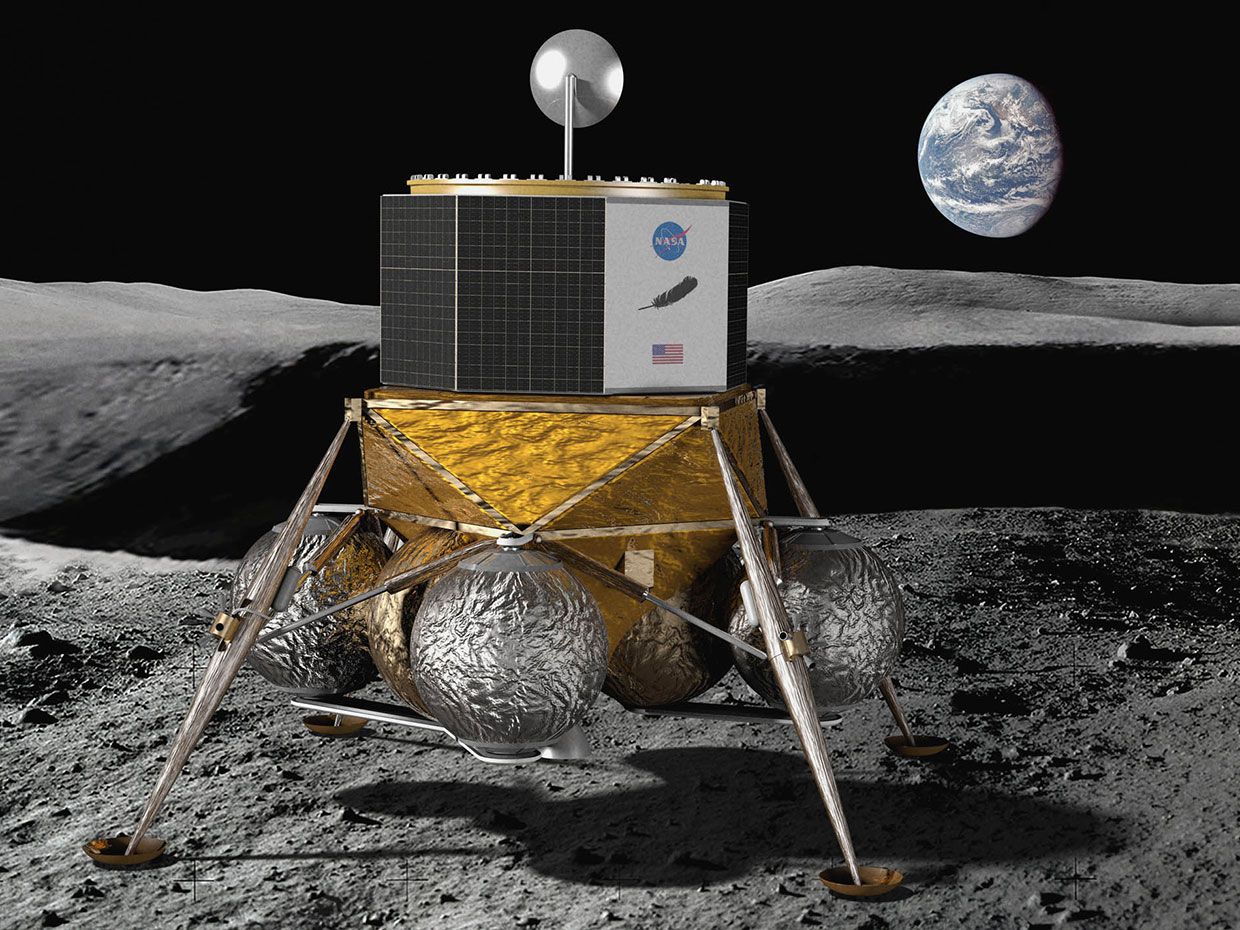Homma etenee. Hyvä niin. Euroopan pitää olla vahvasti mukana tässä kuuprojektissa.
Ja toinen. NASAlle oli korkea aika ruveta tukimaan näitä näytteitä.
http://www.moondaily.com/reports/Gateway_to_the_Moon_999.htmlThe International Space Station partners have endorsed plans to continue the development of the Gateway, an outpost around the Moon that will act as a base to support both robots and astronauts exploring the lunar surface.
The Multilateral Coordination Board, which oversees the management of the Space Station, stressed its common hope for the Gateway to open up a cost-effective and sustainable path to the Moon and beyond.
The announcement comes after several years of extensive study among space agencies who have developed a technically achievable design. The partnership includes European countries (represented by ESA), the United States (NASA), Russia (Roscosmos), Canada (CSA) and Japan (JAXA).
"We are getting ready, together, to send humans farther into the Solar System than ever before. The lunar Gateway is the next big step in human exploration and we are working to make Europe a part of it," says David Parker, ESA's human and robotic exploration director.
NASA's Orion spacecraft will transport astronauts to the Gateway. Orion is powered by the European Service Module, which will give the crewed vehicle a final push to inject it into translunar orbit.
Almost 50 years after the first human landing on the Moon, the Gateway will support human and robotic access to the lunar surface. "We will extend the presence of humans one thousand times farther into space compared to today's International Space Station," adds David Parker.
The Gateway will offer a platform for scientific discovery in deep space and build invaluable experience for the challenges of future human missions to Mars.
Nearly 400 000 km away from Earth, its orbit will provide excellent visibility of both the Earth and the Moon's surface allowing it to relay communications.
According to the board, the Gateway "will stimulate the development of advanced technologies, expand the emerging space economy, and continue to leverage the societal benefits of space exploration for citizens on Earth."
Canada has already confirmed its commitment to join NASA in the Gateway and contribute advanced robotics to the project, making the Canadian Space Agency the first partner agency.
ESA's potential involvement includes the ESPRIT module to provide communications and refueling of the Gateway and a science airlock for deploying science payloads and cubesats.
ESA is also studying its involvement in the international habitation module working with the international partners.
A possible commitment towards building Europe's contributions to the Gateway will be one of the key decisions to be made by Ministers at the Space19+ Conference in November 2019.
Ja toinen. NASAlle oli korkea aika ruveta tukimaan näitä näytteitä.
http://www.moondaily.com/reports/NASA_Selects_Teams_to_Study_Untouched_Moon_Samples_999.htmlNASA has selected nine teams to continue the science legacy of the Apollo missions by studying pieces of the Moon that have been carefully stored an untouched for nearly 50 years. A total of $8 million has been awarded to the teams.
"By studying these precious lunar samples for the first time, a new generation of scientists will help advance our understanding of our lunar neighbor and prepare for the next era of exploration of the Moon and beyond, " said Thomas Zurbuchen, Associate Administrator for NASA's Science Mission Directorate in Washington, DC. "This exploration will bring with it new and unique samples into the best labs right here on Earth."
Six of the nine teams will look at one of the three remaining lunar samples, from Apollo missions 15, 16, and 17, which have never been exposed to Earth's atmosphere. The particular sample these teams will study came to Earth vacuum-sealed on the Moon by the Apollo 17 astronauts Harrison Schmitt and Gene Cernan in 1972.
The Apollo 17 sample comprises about 800 grams (1.8 pounds) of material, still encased in a "drive tube" that was pounded into the lunar regolith to collect a core of material. That core preserves not just the rocks themselves but also the stratigraphy from below the surface so today's scientists can, in a laboratory, study the rock layers exactly as they existed on the Moon. The core has been carefully stored at NASA's Johnson Space Center in Houston, Texas, since December 1972.
Other teams will be studying samples that have also been specially curated, some from Apollo 17 that were brought to Earth and then kept frozen, and samples from the Apollo 15 mission which have been stored in helium since 1971.
NASA has only collected samples from a few places on the Moon so far, but NASA knows from the remote sensing data that the Moon is a complex geologic body. From orbit, the agency has identified types of rocks and minerals that are not present in the Apollo sample collection.
"Returned samples are an investment in the future. These samples were deliberately saved so we can take advantage of today's more advanced and sophisticated technology to answer questions we didn't know we needed to ask," said Lori Glaze, acting director of NASA's Planetary Science Division in Washington, DC.






